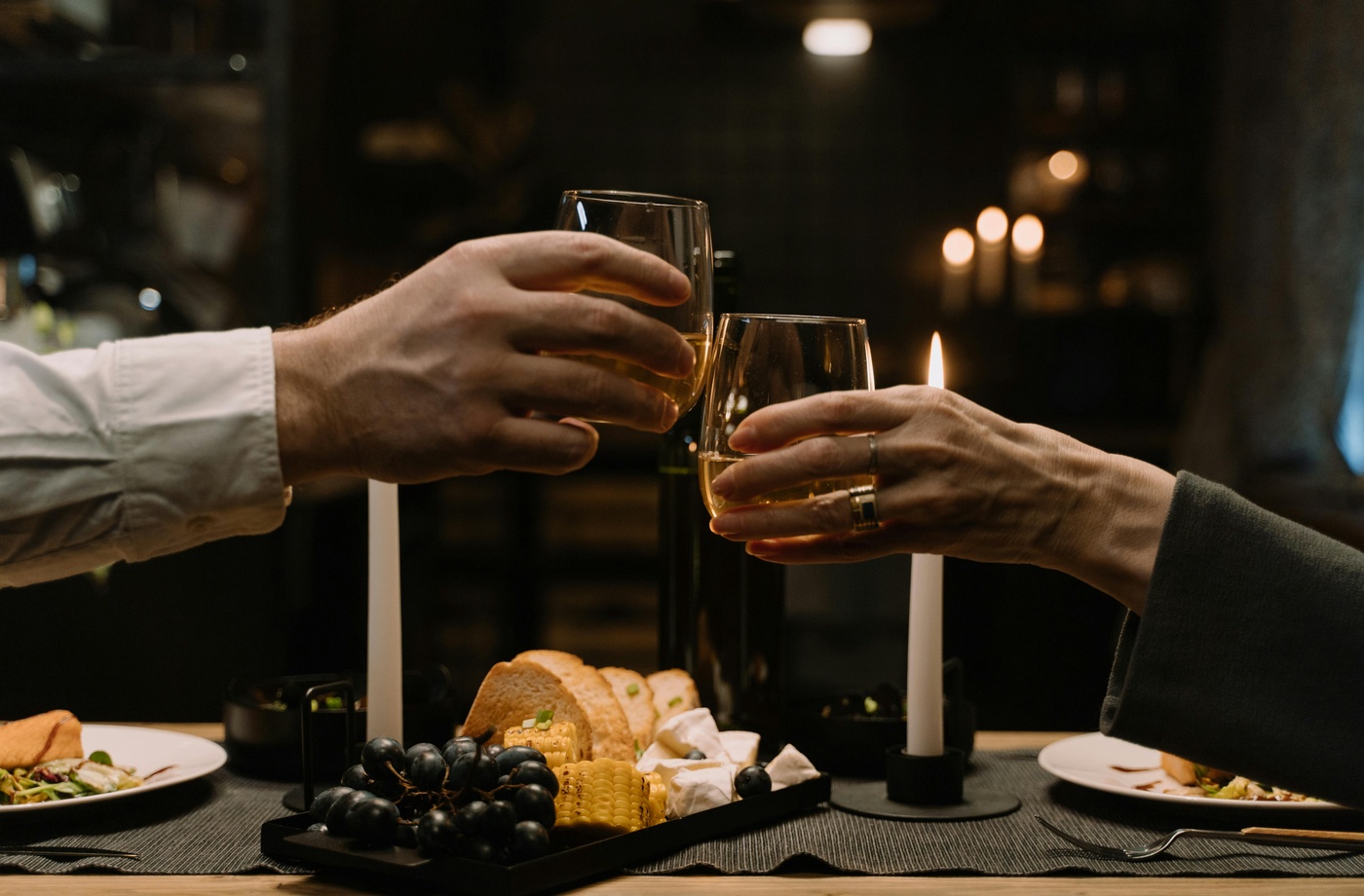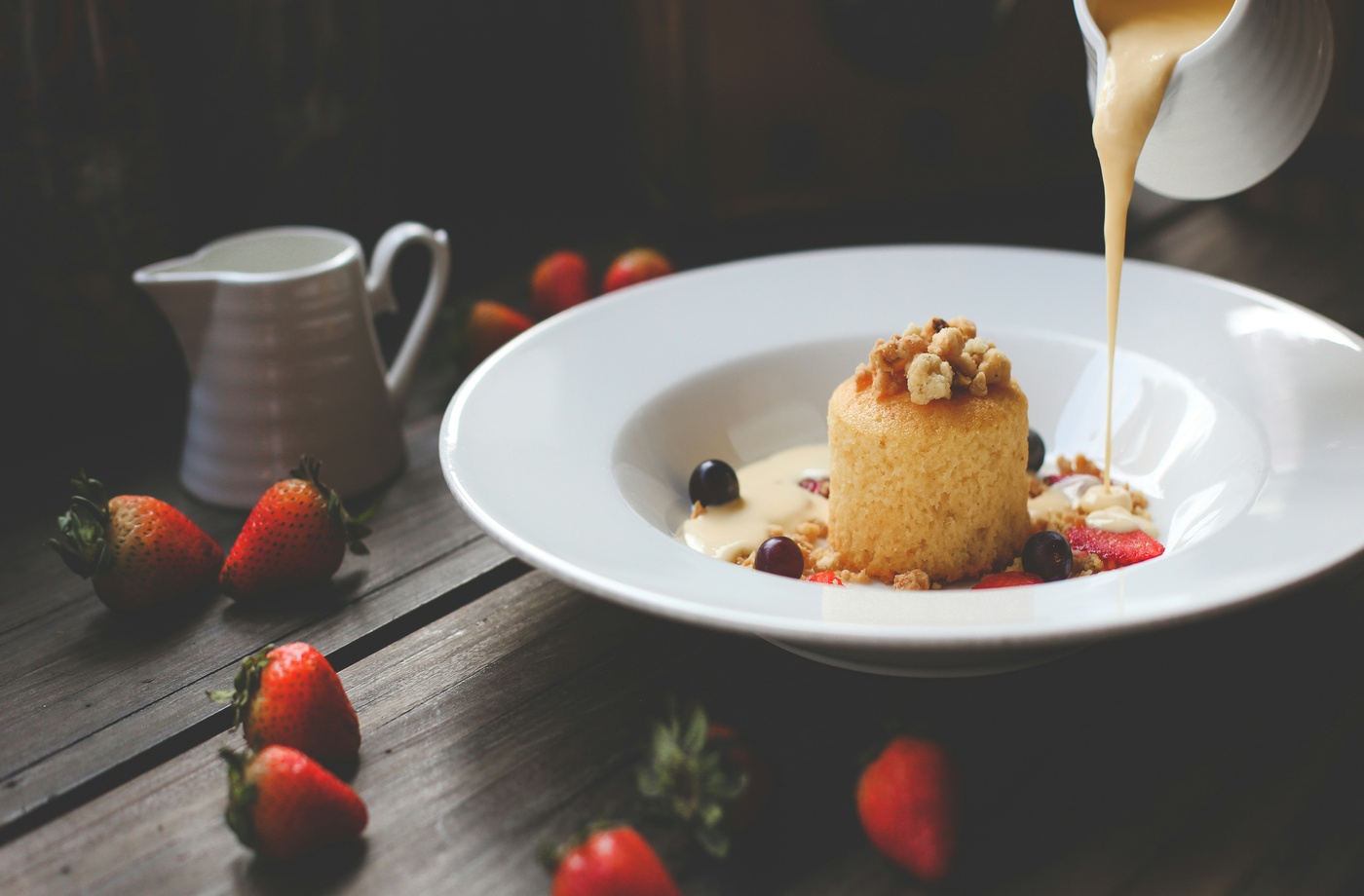When planning a fine dining outing, one of the most important yet overlooked decisions is whether to opt for private dining or a public table. Each option offers distinct advantages depending on the occasion, group size, and the type of experience you’re looking to create. Whether you’re organizing a business dinner, proposal, or intimate celebration, knowing the difference can help you make the most of your reservation.
What Is Private Dining?
Private dining involves reserving a separate room or designated area within a restaurant for exclusive use. These spaces are often sound-insulated and come with tailored service, pre-set menus, and options for customization. They’re ideal for:
- Celebrations (birthdays, anniversaries, engagement dinners)
- Business meetings or client entertainment
- Wine tasting events or chef’s table experiences
- Groups seeking a quiet, uninterrupted atmosphere
Restaurants that offer this service typically require a minimum spend or set menu selection. You can search for private dining options on OpenTable Private Dining or platforms like Tock, which feature exclusive bookings and event-driven dining experiences.
Benefits Of Private Dining
- Privacy and exclusivity
- Personalized service including dedicated waitstaff or sommelier attention
- Custom menus or wine pairings tailored to your group
- Noise control, perfect for speeches, presentations, or intimate conversation
- Added prestige, which can elevate a business or romantic dinner
What Is Public Dining?
Public dining refers to reserving a regular table in the main dining area. While you’re still receiving high-quality service and ambiance, the experience is shared with other guests. This is best suited for:
- Casual nights out
- Date nights
- Solo diners or small groups (2–4 people)
- Diners looking for a more lively, dynamic atmosphere
Benefits Of Public Dining
- Greater flexibility with menu choices and arrival times
- Lower cost, since there’s no minimum spend or event fee
- Access to the full energy of the restaurant’s environment
- Easier to reserve, especially for smaller parties or last-minute plans
Pricing And Planning Considerations
Private dining typically comes with a room rental fee or minimum spend, and many restaurants require advanced booking—sometimes weeks in advance. You may also be asked to finalize menu selections ahead of time.
Public dining, on the other hand, offers more day-to-day flexibility but may limit you during peak times or on special occasions.
Tips For Booking
- Call ahead to ask about private dining minimums, capacity, and customization options
- Use OpenTable, Resy, or Tock to view availability and set filters for private rooms
- If you want a more intimate public table, request a corner booth or table away from high-traffic areas when reserving
Final Thoughts
The decision between private and public dining depends on the atmosphere you want to create. If exclusivity, customization, and privacy are priorities, private dining is the way to go. For more casual or spontaneous outings, a public table offers charm, energy, and ease. Both can deliver an outstanding experience—as long as they align with your expectations.




